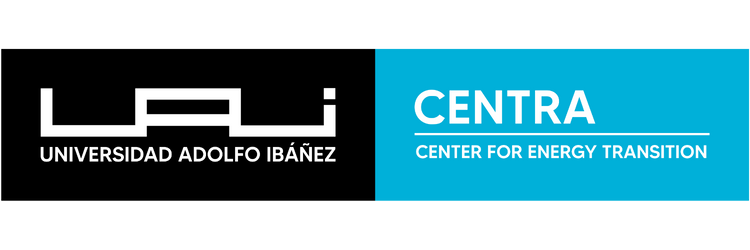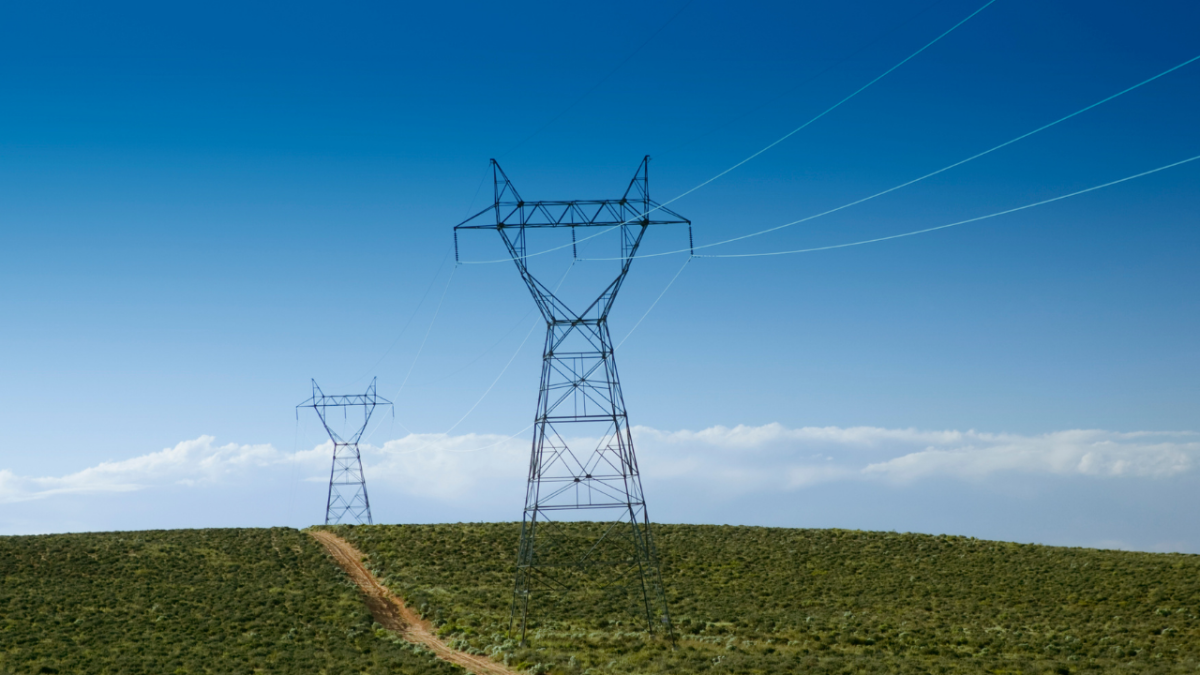Electricity transmission and distribution: two focuses in the sights of the energy transition
May 6, 2022
Published by Revista Nueva Minería y Energía.
The lack of capacity in power transmission, combined with slow progress on the reform contained in the long-term distribution law, are two factors keeping the industry on high alert.
The local transmission system faces a major challenge: accelerating investments to accommodate the increasing number of renewable generation projects. Strengthening this sector is key to preventing potential grid congestion, particularly in the face of a potential energy supply crisis.
One of the main concerns raised by sector specialists, including Ana Lía Rojas, Executive Director of Acera (the trade association for renewable energy generators), is the curtailment of clean energy due to insufficient transmission capacity.
“As of April 2022, we have curtailed 480 GWh, which is equivalent to the total energy curtailed in all of 2021. The question is, what actions are we taking today to develop a management plan for these curtailments?” Rojas stated during a discussion on the future of the industry and the energy transition.
Regarding this issue, Javier Tapia, President of the Transmission Association, explained that transmission development is almost entirely planned by the state. He noted that US$3 billion in investments are planned over the next five years.
“We need the state to determine which transmission lines are necessary and what infrastructure is required to ensure the efficient evacuation of green energy. The state’s role is crucial here, and we need to speed up the process,” Tapia emphasized.
It is important to note that transmission projects, while typically expected to take three years, can be delayed up to seven years due to permitting issues.
Meanwhile, Undersecretary of Energy Julio Maturana acknowledged that the government is in discussions with the National Energy Commission (CNE) to address these challenges.
“Curtailments are happening, and they will continue to occur, though at varying levels. Our goal is to minimize them as much as possible. We need complex solutions because we lack the necessary transmission infrastructure, and reorganizing dispatch is no easy task,” said Maturana.
ELECTRICITY DISTRIBUTION: A PENDING ISSUE
Another critical area of concern for industry stakeholders is electricity distribution, whose regulatory framework has remained largely unchanged for nearly 40 years. While this framework was effective in expanding service coverage, it is no longer suited to address current industry challenges.
Daniel Olivares, Director of the Center for Energy Transition (CENTRA) at Universidad Adolfo Ibáñez (UAI), noted that the distribution sector has been reacting to problems rather than proactively addressing them, particularly in areas such as service quality, grid modernization, and the integration of distributed energy resources (DERs).
“This reactive approach is not surprising, as it is a structural issue within our regulatory framework, originating from Chile’s remuneration mechanism and the lack of incentives for innovation,” Olivares explained.
He believes that the regulatory changes proposed in the “portability bill” would foster the efficient development of distributed resources, including distributed generation, energy storage, demand response, and coordinated local operations.
In his view, the bill would enable the development of an innovation ecosystem focused on distributed energy supply solutions, including local strategies to enhance power system resilience.
“The objectives of the portability bill align closely with the Energy Ministry’s plan for decentralization and energy democratization. However, it has not been explicitly recognized as a key tool for its implementation,” Olivares stated.
Matías Negrete Pincetic, Director of the Electrical Engineering Department at Pontificia Universidad Católica de Chile, expressed concern over the lack of progress in implementing the reform outlined in the long-term distribution law.
“Given the timeframes required for changes of this nature, I hope that during the current administration, we can start moving forward with legislative discussions and the execution of this reform as soon as possible,” Negrete Pincetic stated.
WHAT CHALLENGES LIE AHEAD FOR THIS SEGMENT?
According to Daniel Olivares, one of the key challenges is improving grid reliability and incorporating the concept of resilience in response to climate change adaptation.
Meanwhile, Negrete Pincetic pointed out that the distribution sector is already undergoing major technological changes, which will help address service quality, consumer options, and the transition toward more resilient, sustainable, and efficient systems that contribute to the decarbonization of Chile’s power grid.
*”Leveraging these opportunities—through the integration of new technologies, data management, new market players, and innovative business models—will require an appropriate regulatory framework. Establishing a *new regulatory structure for this sector is both critical and urgent,” Negrete Pincetic concluded.

